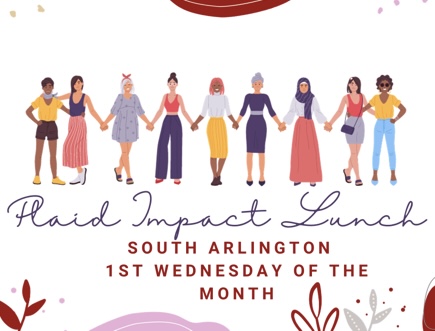My journey into the world of wealth has led to an investigation of the history of money, the current state of money and the future of money. At one point this quest for information veered off the beaten path and there my eyes caught sight of a jewel that sparkled with fascination. Indulge me for a moment and gaze with me into the facets of this little gem.
I was on vacation in South Carolina walking through the Charleston City Market, a typical tourist bazaar lined with shops, when a small booth caught my attention—an art gallery. It was an outpost of the Chuma Gullah Gallery. Being quite incapable of simply walking past art of any kind, I stopped to look and to talk. There I picked up a book entitled The Color of Money and I could not put it down. Because I’ve been married many years to a financial investment officer, I’ve developed an interest in unique currencies—coins, bills or even photos of anything that has ever been used as money anywhere in the world. But finding this book was, for me, like hitting the mother lode.
The book is about a little-known facet of our money history. It’s actually more about the history than it is about money. And it’s more about art than it is about either. How intriguing! Scenes of culture and commerce of the old south emerged from the pages, depicting an era of our nation that began in Charleston and extended throughout the confederacy of the old South. From this emotional time of bondage and struggle sprang the amazing creativity and beauty of the book. It provides a piece of our story that has rarely been told. But the greatest value of the information is not about the story, facts, or culture but rather the impact these have of the mindset of many. Follow this thought with me.
Colorful photos of actual currencies used by the confederate states, prior to the Civil War and before all currency was centralize at the federal level are displayed in the book. Because cotton was the linchpin of the economy of the South, the currency of the states depicted scenes of cotton and the African slaves who worked the cotton fields. Page after page shows various denominations of numerous southern states, recounting the story of cotton and slavery – painful memories for all of us. But an exquisite healing began for me while gazing at the brutal reality of the past. The learning and the art created a balm which helped sooth painful wounds of bondage in my mind.
For me and for most of my African American friends, the images embedded in the confederate currencies and the vibrant scenes of life and culture extracted by the artist are magic! In his art we find dignity and respect. The contributions that our ancestors made to the US economy, often forgotten is the history books, was beautifully and visually on stage for all the world to see and admire.
But something very powerful happened in my spirit when I saw scenes of my people printed on money. How many times have I heard an angry, cynical cry from the poor and disadvantaged renouncing the current paper money as, “just a collection of pictures of dead Presidents!” This mindset drives money away from us. But now for once in our lives, we see our own faces (although nameless) imprinted on what was once legal tender in this country. These images erase one small, dark, negative mountain that clouded our minds and obstructed our view. On the other side of that mountain, we find ourselves with a clear horizon and an ability to peer into a future of wealth for ourselves.
I make this point in order to make another, more important point. Freedom is never about one culture, or one people. Freedom, like bondage, is contagious. As one segment of our culture discovers a sliver of light that unleashes the ropes of bondage in a dark and negative mindset, everyone in the society experiences greater freedom. So, this piece of history helps free every man, woman and child of all ethnicities to think differently about money, about our history and about our future. A favorite quote from Beth Moore states:
“You cannot amputate your history from your destiny.”
Each time we reconnect with a severed piece of our past, we are empowered to walk with greater strength into our future. So, I am encouraging all people in this country to glance back on our history of money and then turn to face the future of our money.
Facing the future begins with recognizing that money is changing rapidly right before our eyes. For example, just in my lifetime we’ve gone from:
- coins, paper dollars and checks, to
- direct deposit, debit cards and wire transfers, to
- various online and telephone apps, and now
- bitcoin and other blockchain currencies!
What’s next? Who knows? Certainly, digitized crypto assets will be prominent in our future.
I am grateful to The Color of Money for creating a legacy of money for me. It did not provide a legacy of money as an asset but a legacy of money as a mindset, which gives me confidence to face the future.
The history of money holds many hidden treasures, and the future of money holds great excitement for those of us who will explore past, present and future with a positive, wealth mindset.
(Note: Artist John Jones creates paintings based on images from currencies of the Confederate South.)










